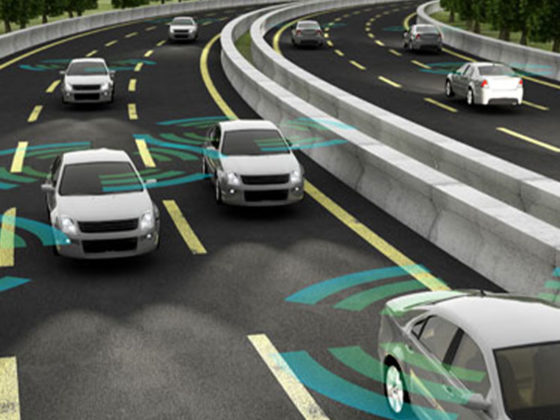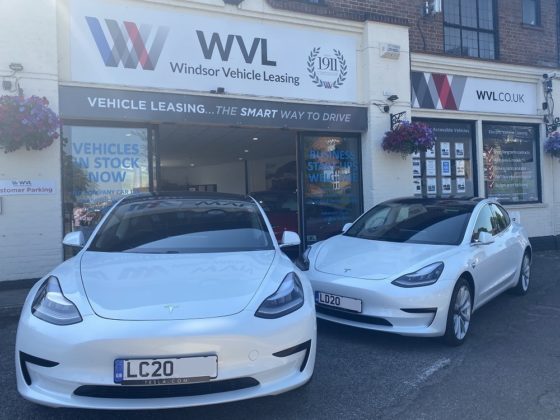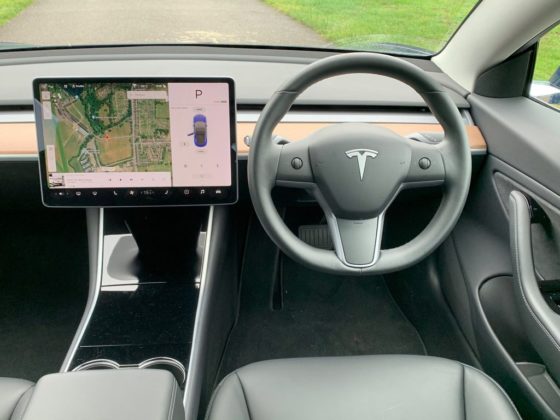Switch On to Driving Electric
Switch On to Driving Electric https://wvl.co.uk/wp-content/themes/movedo/images/empty/thumbnail.jpg 150 150 Anthony https://secure.gravatar.com/avatar/0ce9a76712b2ebb44190c51857fae37600a61d6fe57138c94dce31a727aa27ec?s=96&d=mm&r=gIf leasing’s the budget-savvy way to drive, then ‘leasing electric’ is surely the ultimate win-win. Want to drive a high value, top-tech, greener than green vehicle for an affordable monthly fee… and with impossibly low running costs? Then leasing electric is the smartest way to drive!
Electric Vehicles
Back in the mid-2000s forward-thinking motorists (and fans of Logan’s Run and The Jetsons) firmly believed the industry was on the brink of an electric car revolution – that by 2010 every household would be refuelling their cars from a plug socket; petrol and diesel would be a reserve of the Classic car and our combined eco-drive would collectively be saving the planet from being greenhouse-gassed. The shift, however, didn’t come and electric vehicles (EVs) remained in their infancy.
But as more and more manufacturers have joined the EV race, the pace of development has picked up with many of the major car manufacturers investing millions of pounds into the development of electric/hybrid vehicles: BMW with their ‘game changing’ i3; Toyota with the ever-popular Prius; even McLaren with their hybrid hyper car the P1. Mainstream models rightly vie for today’s car-buyers’ attentions as taxes, fuel costs and eco-awareness continue to rise. The time is right, and this new technology is clearly here to stay.
Sales data reflects this upward trend: although there are only 13,000 electric vehicles on the UK roads, sales in Europe more than doubled in 2013 compared to 2012.

Whilst gaining pace, the switchover to electric won’t happen overnight, not least due to lack of vehicle choice, but also because the change from petrol/diesel to electric is a mindset shift too, with anxieties over charging, recharging and range in particular. Let’s have a look at these in more detail and see if we can help switch you on to considering an EV for your next car!
Charging ahead
Charging an electric vehicle is much simpler than you think: every vehicle comes with a charging cable that can be plugged into a domestic plug socket. Of course, whilst most home sockets are suitable for EV charging, it’s worth checking with a qualified electrician to ensure that your wiring is up to the required standards. Once confirmed, plug in, recharge and drive!
For a range of approximately 100 miles, it will require around 6–8 hours’ AC charge in the UK, costing just a couple of pounds.
Manufacturers also offer higher power home charge units (around £1,000) which significantly reduce the recharge time, generally from 0 to 100% in 4 hours, some restoring 80% charge in just 30 minutes.
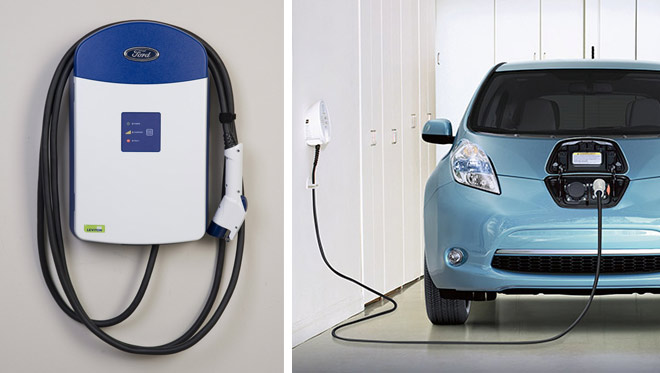
Charging on the go
Since the UK Government made £30 million available to provide vehicle recharging points around the UK, infrastructure is already being put in place with eight ‘Plugged In Places’ so far securing the investment: East of England, Greater Manchester; London, Midlands; Milton Keynes; North East; Northern Ireland; and Scotland. Electric Vehicle Charging Stations in city centre car parks such as this one we recently spotted in Manchester, will soon become a common site:
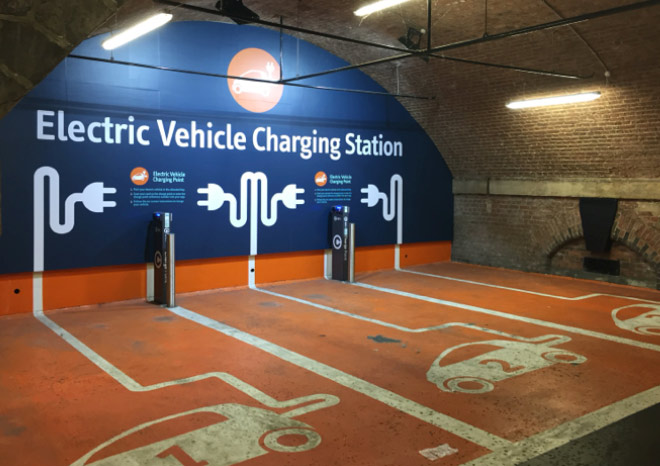
There is also an increasing number of public DC fast-charge points such as Tesla’s ‘Supercharger’ and others for the e-Golf and BMW i3 providing 80% charge in just 30 mins – perfect for a coffee break on your road trip.
 Already supported by BMW, Nissan, VW and Renault and co-funded by the EU, the Rapid Charge Network across the UK and Ireland, so far provides recharging coverage for 1,100km of major roads. It’s growing fast: many service stations such as Welcome Break have had them installed already, and they’re being rolled out across IKEA, Waitrose and various other locations to give rapid recharges whilst drivers take a break or shop.
Already supported by BMW, Nissan, VW and Renault and co-funded by the EU, the Rapid Charge Network across the UK and Ireland, so far provides recharging coverage for 1,100km of major roads. It’s growing fast: many service stations such as Welcome Break have had them installed already, and they’re being rolled out across IKEA, Waitrose and various other locations to give rapid recharges whilst drivers take a break or shop.
That said, since 85% of motorists charge either at home or at work, and given the range-per-charge (see below), these stations are not seen as a necessity for day-to-day driving or work commutes since an overnight charge should provide more than ample range for a typical day. Recharging on-the-go will only be needed when on longer journeys, and that’s no different to petrol/diesel; so for most of our motoring, charging up looks to be a far more convenient way to drive.
The technology really is there to give these new vehicles a natural place in our über-connected modern world. And of course, there are apps too – from monitoring your EV’s charge remotely via smartphone, to also helping you navigate to the nearest recharge station when your battery’s running low. EVs are now showing us the way forward.
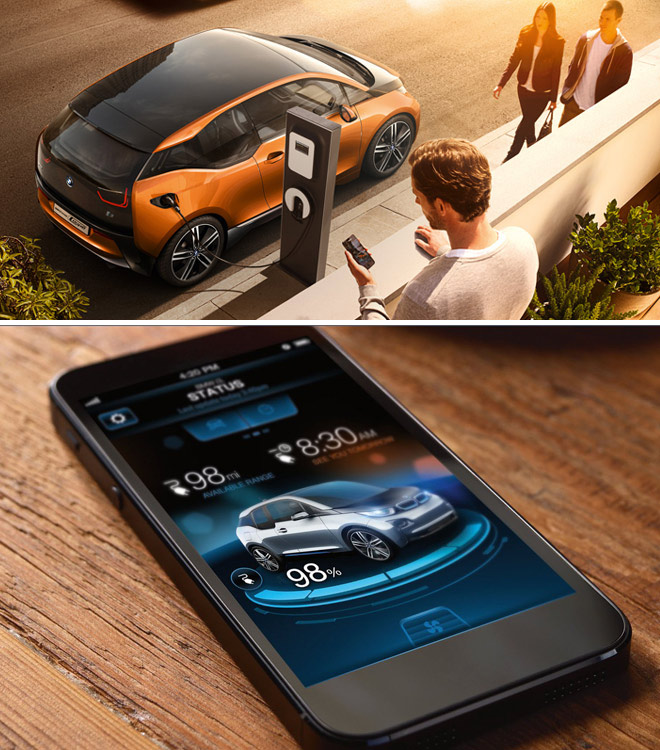
Current Trend
We’re catching on. The British market showed a rapid growth of EV sales this year, likely driven by the introduction of several new models.
- Registrations of all-electric cars were up 132.9% year-on-year (and plug-in hybrid registrations were 261.4% up from a year earlier)
- Jan – July: 3,058 plug-in electric cars were registered in the UK
- …with the Nissan Leaf the most popular, selling 2,029 units, and a total of 5175 since its introduction in March 2011 – affirming its position as the UK’s top-selling plug-in electric car.

New EVs in 2014
There have been some superb EVs launched to the market this year – here are our favourites:
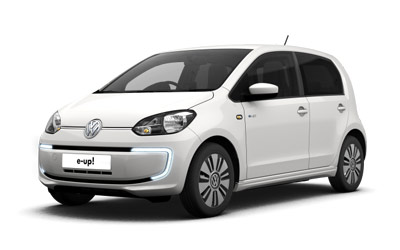 |
VW e-up! Price: £19,270 |
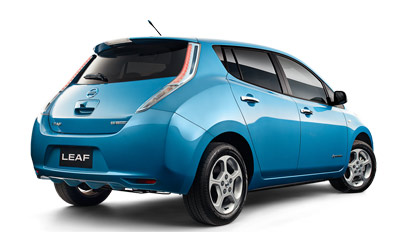 |
Nissan Leaf Acenta Price: £23,490 |
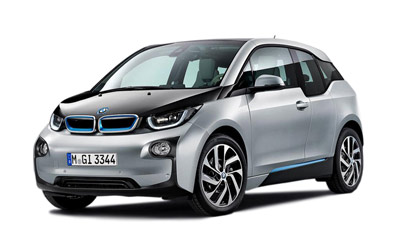 |
BMW i3 Price: £25,670 |
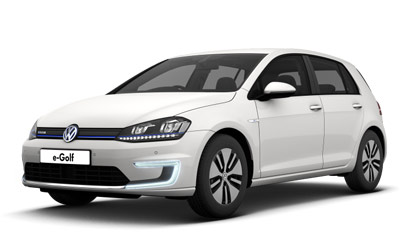 |
VW e-Golf Price: £25,845 |
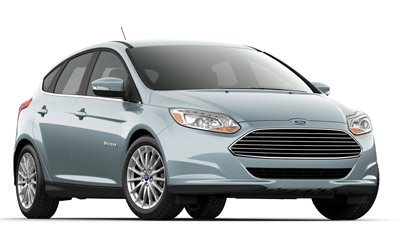 |
Ford Focus Electric Price: £28,580 |
 |
Tesla Price: £49,900 |
The Tesla is arguably the most highly acclaimed EV of 2014 with the top spec model boasting a range of 312 miles, but the performance and luxury comes at a price at just under £50,000. The initial outlay for an EV is no doubt deterring many drivers with the majority of our list costing between £20,000 – £30,000 after grant, though prices will surely fall as manufacturing costs decrease over time.
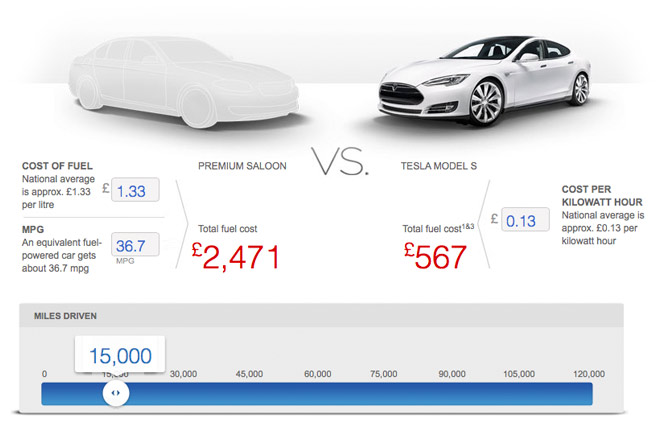
But factoring the cost per mile in terms of electricity (around 2–4p), zero road tax, zero Congestion Charge, great Benefit In Kind for business drivers, plus no more spark plugs, oil changes, timing belts, oil filters, smog checks etc… financial benefits will come as you drive. Don’t forget safety benefits too, with no fuel tanks to rupture or flammable spills in the event of an accident.
Lease your EV and have the best of both worlds!
Whilst the initial outlay does reflect manufacturers’ investment in new technologies and designs for these futuristic cars, there’s no disputing they’re more expensive than their fossil-fuel stablemates. So don’t buy one… lease one! Leasing enables you to drive an EV affordably since payments are based on the vehicle’s depreciation over the contract period, not the purchase price.
Contact us at WVL and ask about leasing an Electric Vehicle – it’s about more than just going green… with drastically reduced running costs, there’s never been a smarter, more budget-friendly way to drive! Call us to discuss options, prices and benefits on 01753 851561.


